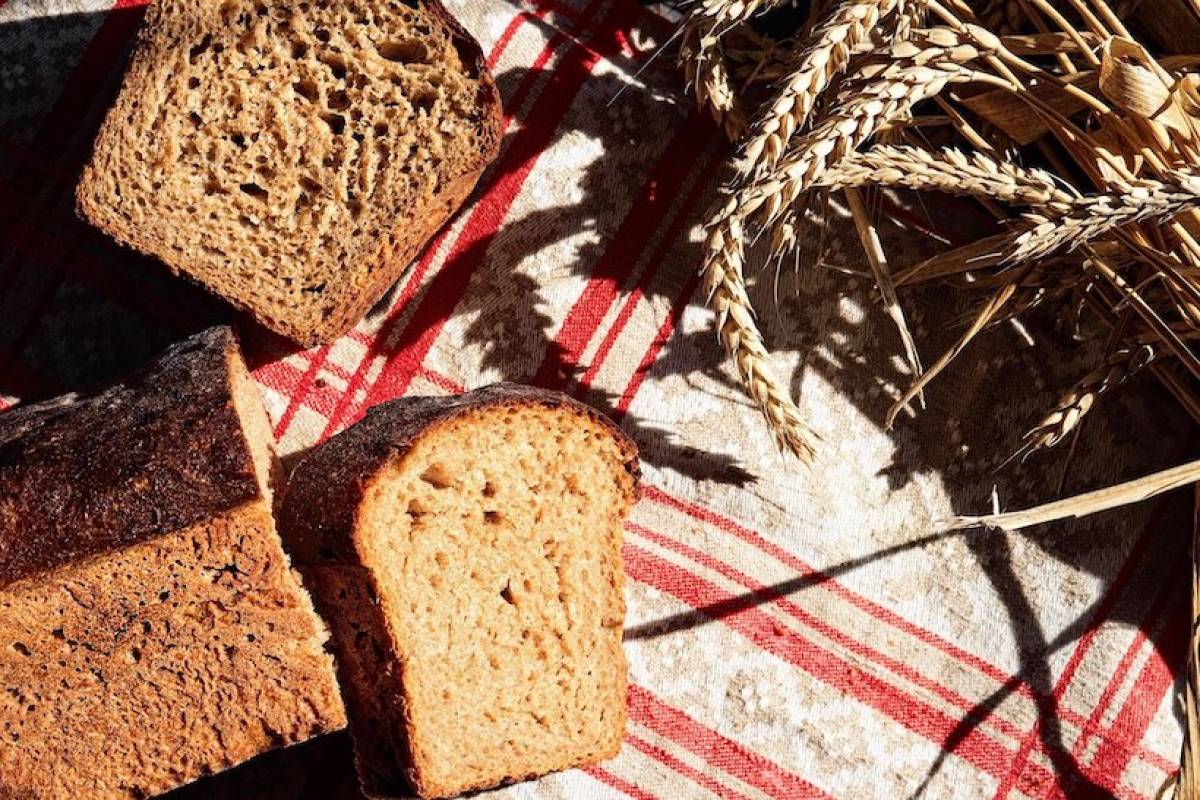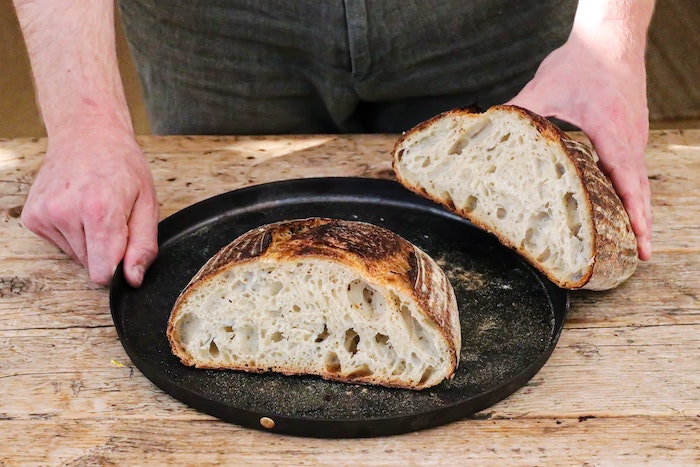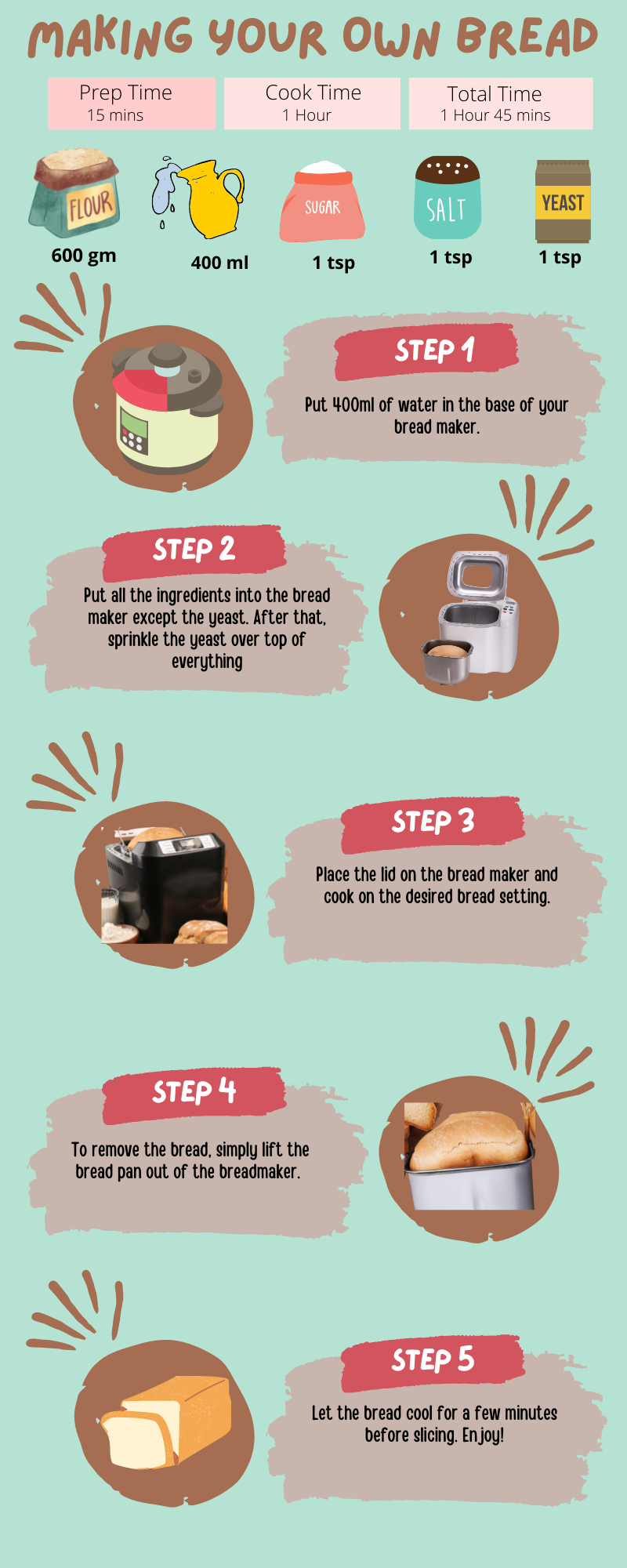Choosing Your Bread & Making It at Home: A Guide for Beginners

Bread, in general, is a staple food in many cultures and has been consumed for centuries. It is rich in carbohydrates and provides a good source of energy.
Bread also contains vitamins and minerals, as well as fiber. It can be a healthy part of your diet, but choosing the right type of bread is important.
Healthy Bread Servings
If you are looking for a nutritious snack, try spreading peanut butter or almond butter on a slice of whole-grain bread. It makes an excellent snack for kids and adults alike.
Additionally, you can make a sandwich with whole grain bread and your favorite toppings for a heartier meal. Add lean protein, like chicken or turkey, and some veggies for a complete meal.
Popular Types of Bread
There are many different types of bread, each with its unique flavor and nutritional value. Some of the most popular types of bread include:
1. Wheat Bread
Wheat bread is made from whole wheat flour and is a good source of fiber. It is also high in carbohydrates and provides a good source of energy.
2. Multigrain Bread
Multigrain bread is made with various types of grain, such as wheat, rye, and oats. It is a good source of fiber and provides a variety of nutrients.
3. Sourdough Bread
Sourdough bread is made with a sourdough starter, which gives it a slightly acidic flavor. It is lower in calories than other types of bread and a good source of fiber.
4. Whole Grain Bread
Whole grain bread is made with all of the grain, including the bran and germ. It is a good source of fiber and provides a variety of nutrients. Whole grain bread is a great choice as it contains more nutrients than white bread.
5. White Bread
White bread is made with refined flour and is higher in calories than other types of bread. It is also lower in nutrients.
6. Rye Bread
Rye bread is made with rye flour and is slightly sour. It is a good source of fiber and provides some nutrients.
7. Flatbreads
Flatbreads are made from flour, water, and yeast. They are thin and have a chewy texture. Flatbreads can be plain or flavored with herbs, spices, or other ingredients.
What to Look for When Choosing Bread
When choosing a bread for most nutritious value, look for one made with whole wheat flour and at least 3 grams of fiber per slice.
Check the label to see if the bread is made with yeast or a sourdough starter. Bread made with the sourdough starter is lower in calories and has a more complex flavor.
To make sure you are getting the most nutrition from your bread, be sure to eat it fresh. Store-bought bread can be loaded with preservatives and other additives that can reduce the nutritional value.
Simple Recipe to Make Bread at Home

Making bread at home is a fun and rewarding experience. It can be a bit messy, but it's worth it!
With a little practice, anyone can make delicious bread at home. Here’s a simple recipe and some easy tips for beginners to make bread:
Ingredients:
1 cup of warm water
2 teaspoons of salt
1 package of active dry yeast
2 tablespoons of sugar
6 cups of all-purpose flour
3 tablespoons of vegetable oil
Instructions:
1. Combine the yeast, water, sugar, and salt in a large bowl. Stir until the yeast is dissolved.
2. Add the oil and 3 cups of flour. Stir until the mixture is smooth.
3. Gradually add the remaining flour, stirring 1 cup at a time until the dough is too stiff to stir.
4. Turn the dough out onto a floured surface. Knead for about 10 minutes or until the dough is smooth and elastic.
5. Allow the dough to rise for an hour in a greased bowl. Oil the dough and turn it over to coat it with oil. Cover and let the dough rise for at least an hour, or until it doubles in size.
6. Punch the dough down. Turn it out onto a floured surface. Divide the dough into two pieces.
7. Roll each piece of dough into a 12-inch-long rope. Make a U-shape with the ropes and press the ends together to form an 8-inch loaf.
8. Place the loaf on a greased baking sheet. Cover and let rise for about 30 minutes until the dough has doubled.
9. Put in a breadmaker for about 40-45 minutes until the bread is golden brown.
10. Remove the bread and let it cool on a wire rack. Enjoy!
Check out the infographic below for a graphic representation of how to make your own bread:

In Conclusion
Now that you know the basics of breadmaking, you can start experimenting with your recipes. Remember to have fun and enjoy the process!
With a bit of practice, you'll be baking delicious bread at home in no time.



















